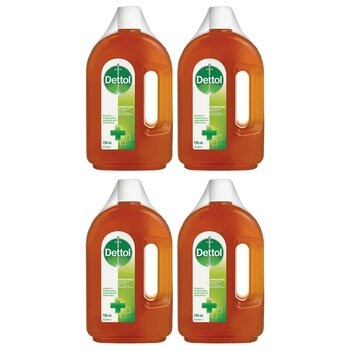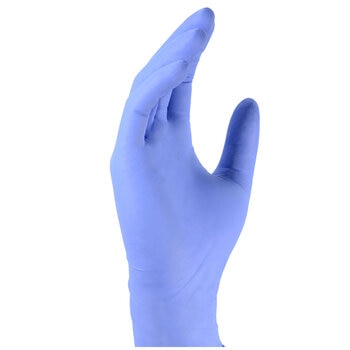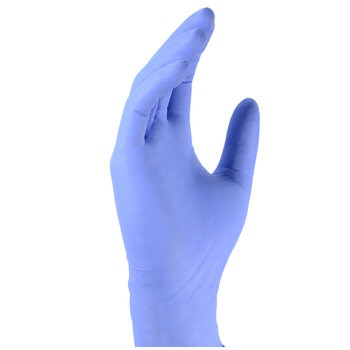With summer comes an abundance of creepy crawlies around the house—but there’s plenty you can do to keep these unwanted visitors at bay.
As we enter the warmer months, household pests can become a nuisance. The amount of ants, mosquitoes and spiders that end up inside your home can quickly become stressful, especially for those with phobias.
Yet according to Rentokil’s Australian Technical Manager, Simon Lean, such critters needn’t be synonymous with summer. “There are certainly plenty of things people can do to minimise pests,” he says. “It comes down to good housekeeping, hygiene and properly maintaining your home.”
Preventative measures
With many creatures entering homes in search of food, cleanliness is your best defense against invasion. “When you’ve finished eating, pack the dirty dishes into the dishwasher or wash them straight away,” Lean suggests. “Wipe down benches and vacuum up food spills so there’s no residue and nothing to attract cockroaches and ants.”
Flyscreens can be very useful, he adds, though they don’t suit everyone’s style. “A lot of people have big bi-fold doors that don’t accommodate them,” says Lean. “That’s fine if you only have an insect problem one month of the year, but in certain parts of Australia, you need flyscreens on all the doors and windows. Flyscreens are a good physical control for all sorts of pests, whether flying insects or larger cockroaches and rodents.”
When it comes to your outdoor space, there are several ways to keep undesirable pests out of the garden. First, make sure rubbish bin lids are sealed tightly and your compost is securely enclosed. Regularly clean under pot plants, and around rockeries to stop spiders moving in.
Maintain your home
Keeping your house in good condition is just as important as hygiene in the fight against creepy crawly invaders. “Quite often, there are cracks or loose grout in tiles,” says Lean. “You can end up with an opening into a wall cavity where cockroaches can live and ants can come exploring. You need to fill in these holes so pests can’t access the inside of the house.”
Summertime insects aren’t the only creatures you’ll keep out by filling in holes and nooks—you’ll also deter rodent visitors throughout the year. “House mice and rats are attracted to warm places like lofts or wall cavities,” says Lean. “They’re most likely to move indoors during autumn, when temperatures start to drop.”
Lean recommends inspecting your home regularly to ensure there aren’t any entry points for unwanted guests. “Ask yourself: ‘If I were a rat or mouse, could I get into the house?’” he says. “Check around doors and window frames, as well as pipes or air conditioning units, and seal any gaps. And try to keep trees and bushes pruned back. Pests can get into your roof via the guttering if they’re too close to the building.”
When pests attack
When you find yourself at the mercy of bugs or rodents, you can either undertake some DIY pest control or call in the professionals. “If it’s an easy task and you don’t need specialist equipment, then by all means do it yourself,” says Lean, who adds that over the counter repellents can be highly effective, as long as you read the label.
Dealing with spiders is equally straightforward with the help of ready to use spider or insect spray. “Spray the web, but don’t get rid of it,” Lean advises. “Over the next five to seven days, the spider will use the web and be exposed to the chemicals.”
If the issue doesn’t improve or you’re overrun with pests, it may be worth enlisting the services of an expert. “They’ll get to the root cause of the problem and perform a thorough job,” says Lean. “You’ve got to know what you’re dealing with and where it lives in order to get the results.”
10 most common house pests
According to Rentokil, these are the most commonly found pests in and around Australian homes. If you’ve noticed any of these little critters, grab yourself some bug spray or call a professional to tackle the issue!
- 1. Termites
- 2. Mice
- 3. Cockroaches
- 4. Moths
- 5. Wasps
- 1. Termites
- 2. Mice
- 3. Cockroaches
- 4. Moths
- 5. Wasps
- 6. Rats
- 7. Ants
- 8. Flies
- 9. Bed bugs
- 10. Spiders
- 6. Rats
- 7. Ants
- 8. Flies
- 9. Bed bugs
- 10. Spiders











